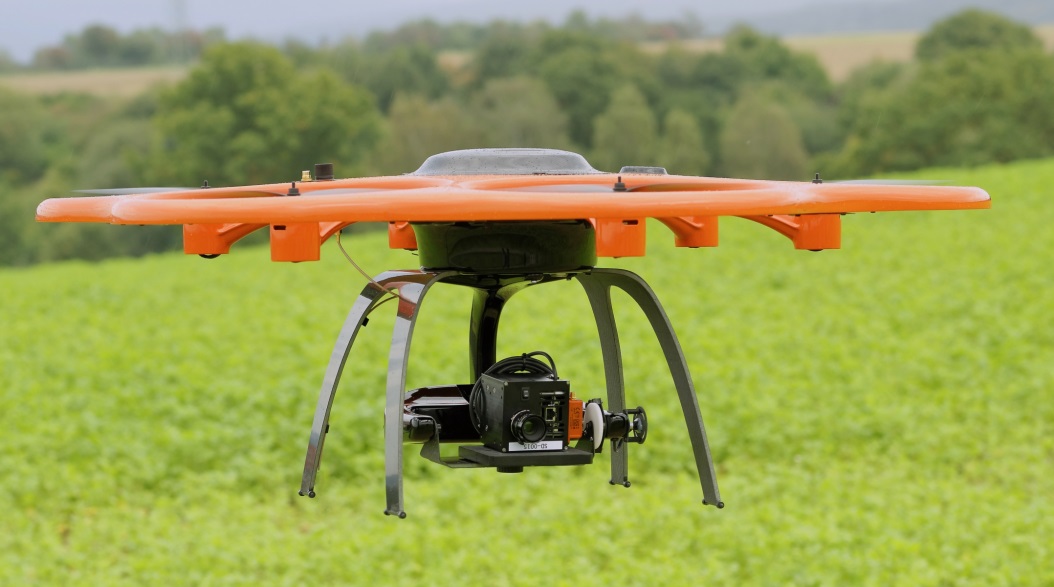UAS: A lot of buzz, but still working on the take off
Anonym
No matter what industry you are in right now, you've probably heard the hype around UAS and what that could mean in terms of productivity, savings, and real-time analytics. The possibilities that UAS acquired data offer are incredibly exciting, whether it's no longer needing to charter a helicopter for corridor mapping, being able to tell a farmer in real time where his crops are struggling, or quickly deploying thermal cameras for search and rescue operations.
For more than a year or so now, the buzz has been building. But in reality, things have been slow to get off the ground. This is in large part due to the FAA’s restrictions in this space that limit Commercial/Government operators. The good news is the FAA is learning and adapting and as it gets more information it is starting to make it easier on UAS section 333 exemption holders.

(Hyperspectral Imager from AIBOTIX)
As the FAA continues to make progress in accessing the situation, there was a promising announcement made on March 29th:
After a comprehensive risk analysis, the Federal Aviation Administration (FAA) has raised the unmanned aircraft (UAS)“blanket” altitude authorization for Section 333 exemption holders and government aircraft operators to 400 feet. Previously, the agency had put in place a nationwide Certificate of Waiver or Authorization (COA) for such flights up to 200 feet. The new COA policy allows small unmanned aircraft—operated as other than model aircraft (i.e. commercial use)—to fly up to 400 feet anywhere in the country except restricted airspace and other areas, such as major cities, where the agency prohibits UAS operations. “This is another milestone in our effort to change the traditional speed of government,” said FAA Administrator Michael Huerta. “Expanding the authorized airspace for these operations means government and industry can carry out unmanned aircraft missions more quickly and with less red tape.”
While 400 feet might not sound significant, what the FAA did was actually double the flight ceiling height. This means that UAS operators can potentially capture twice the data they could previously. That's a big deal! For a large area of interest, flying a UAS at the 200 feet ceiling might not have made sense because it would have been too time-intensive to cover the full area, especially when a lot of UAS have limited flight times. As the FAA restrictions continue to loosen on commercial UAS operators, 2016 could very well be the year we start to see more UAS projects taking off. It will be exciting to see how this type of data collection transforms our industry.